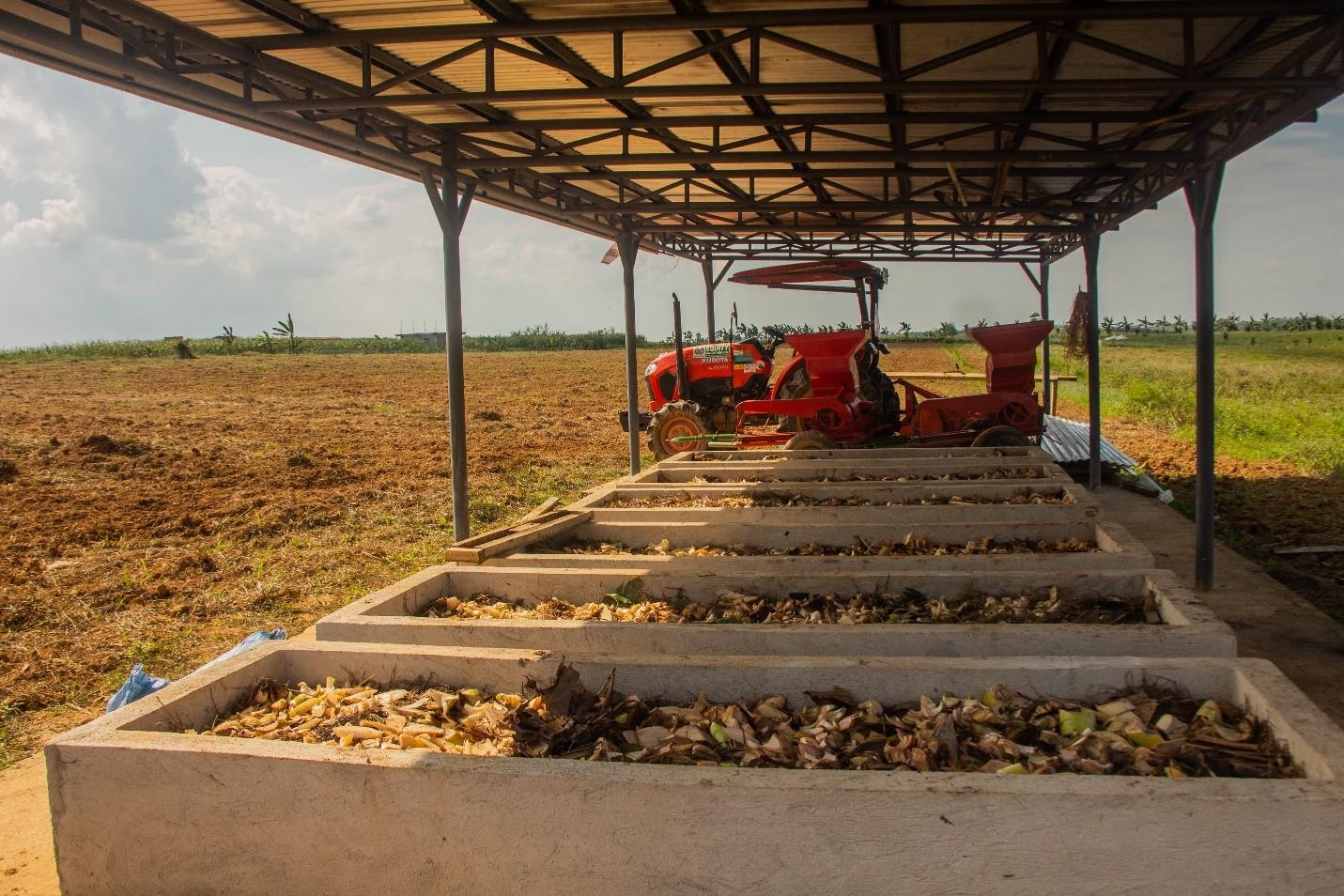Impact story Alliance contributes to nationwide climate-resilient agriculture in the Philippines

Recent typhoons that punished the Philippines’ agriculture sector have put a spotlight on the importance of national plans to make agriculture more resilient to climate change.
Between 25 October and 11 November 2020, the Philippines was struck by five typhoons, including a category 5 monster with sustained winds of 200 km/h. The storms took the lives of at least 120 people and harmed the livelihood of millions, causing some $200 Million USD losses in Agriculture alone. With the extent of the climate crisis, the Philippines expects to face greater climate risks that involve stronger and more frequent typhoons, prolonged drought, and sea-level rise.
While the Philippines is no stranger to typhoons, climate change is threatening to increase the risk of intense storms. In response, the country is solidifying pathways for agriculture resilience by institutionalizing the work on climate-resilient agriculture.
The Alliance of Bioversity International and CIAT has provided extensive support for the Department of Agriculture (DA) work in climate-resilient agriculture.
Through the banner initiative of the Adaptation and Mitigation Initiative in Agriculture (AMIA), the Alliance helped develop a four-step approach to building climate and food system resilience. The Alliance’s portfolio for strengthening climate-resilient agriculture in the Philippines includes Climate Risk and Vulnerability Assessments (CRVA) and decision-support tools enabled by climate-risk profiles, investment plans, and knowledge products.
Science-informed solutions for climate-resilient agriculture
In February 2020, the DA institutionalized the Climate Resilient Agriculture Office (CRAO) to provide strategic direction in mobilizing the department’s resources towards the achievement of its objectives for climate-resilient agriculture.
Alicia Ilaga, the director of DA-CRAO and a strong partner of the Alliance, says that the work on CRVA can be maximized through its integration in Commodity Investment Planning, operational planning, and policy planning. Beyond the planning process, localized CRVAs for provinces and municipalities will help prioritize investments for climate change adaptation. “[This can] better prepare farmers and value-chain players in the country in adaptation and response,” says Ilaga.

Rolling mechanization out in a climate-resilient village in Cagayan Valley, Philippines (Photo: Miguel Mamon/CIAT)
Activities and banner programs undertaken by CRAO are mandated to be guided and informed by the extensive work of the Alliance along with the DA regional field offices, 12 state universities and colleges, and other DA-attached bureaus and agencies under the AMIA initiative.
The information included in the CRVA package is instrumental in integrating a climate resilience lens in various planning processes. Leo Kris Palao, a Senior Research Associate and Country Representative of the Alliance to the Philippines, is working with DA-CRAO in integrating a climate lens for Commodity Investment Planning using information from CRVA.
Before forming the Alliance, CIAT was involved in the agriculture department’s work on improving the sector’s climate resilience. Palao, who worked on CRVA-DS collaborations, looks at a couple of pathways on how the Alliance can further support the work on climate-resilient agriculture: enterprise development and institutional support. Palao mentioned the need to develop viable livelihoods for communities to sustain and scale climate-resilient agriculture; he says that the work is going in this direction, “the Alliance is co-developing projects and activities with DA-CRAO to further support CRA uptake in vulnerable areas.”
Expanding strong collaborations in agriculture
This development in institutionalizing CRVA in DA’s processes strengthens the work of the Alliance with national partners. This is a great example that more governments, especially in countries vulnerable to climate risks, recognize the need for more in-depth science-based assessments to safeguard their agricultural practices.
Stephan Weise, the Alliance’s Managing Director for Asia, says, “This recognition will only strengthen and validate the work that we are doing in the Alliance together with national partners as we move forward to a more food systems lens. Through working closely with governments, we are making sure that the work that we do are reaching and impacting smallholder farmers.”
In facing the climate crisis, Ilaga explains that international research organizations like the Alliance can help governments look for innovative solutions to increase and sustain food production systems and find new ways of consuming food while building a sustainable future.
The Alliance is confident that CRVA work in the Philippines can be expanded to be used by other relevant stakeholders in the government, private sector, and international humanitarian organizations. Weise hopes that the work with DA-CRAO is only the start of working beyond standard themes in agriculture and contributing to securing the food system and delivering positive impacts to smallholder farmers and various value chain actors for a food-secure Philippines.

A farmer preparing grains to dry along a national highway in Cagayan Valley, Philippines (Photo: MIGUEL MAMON/CIAT).
